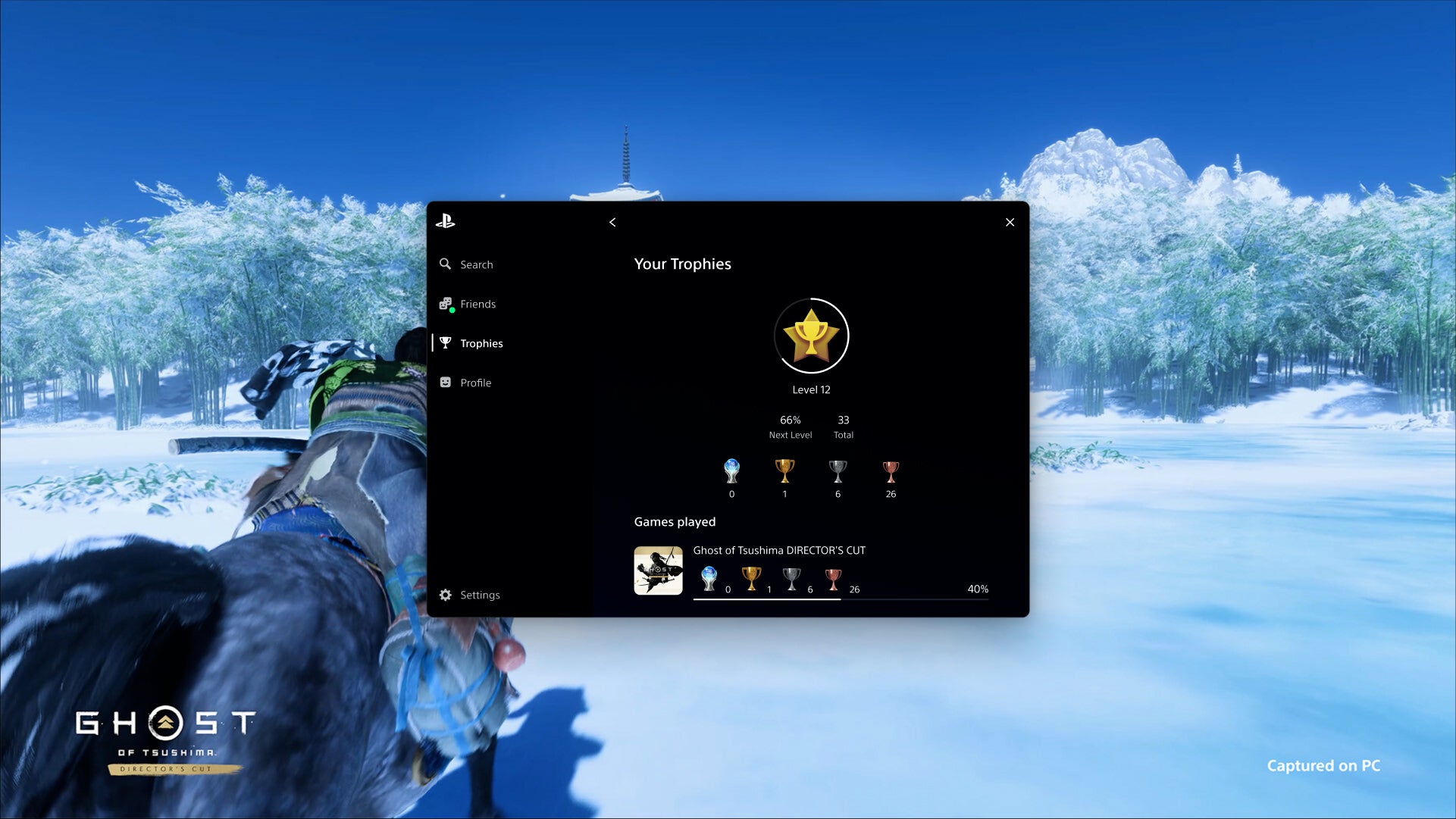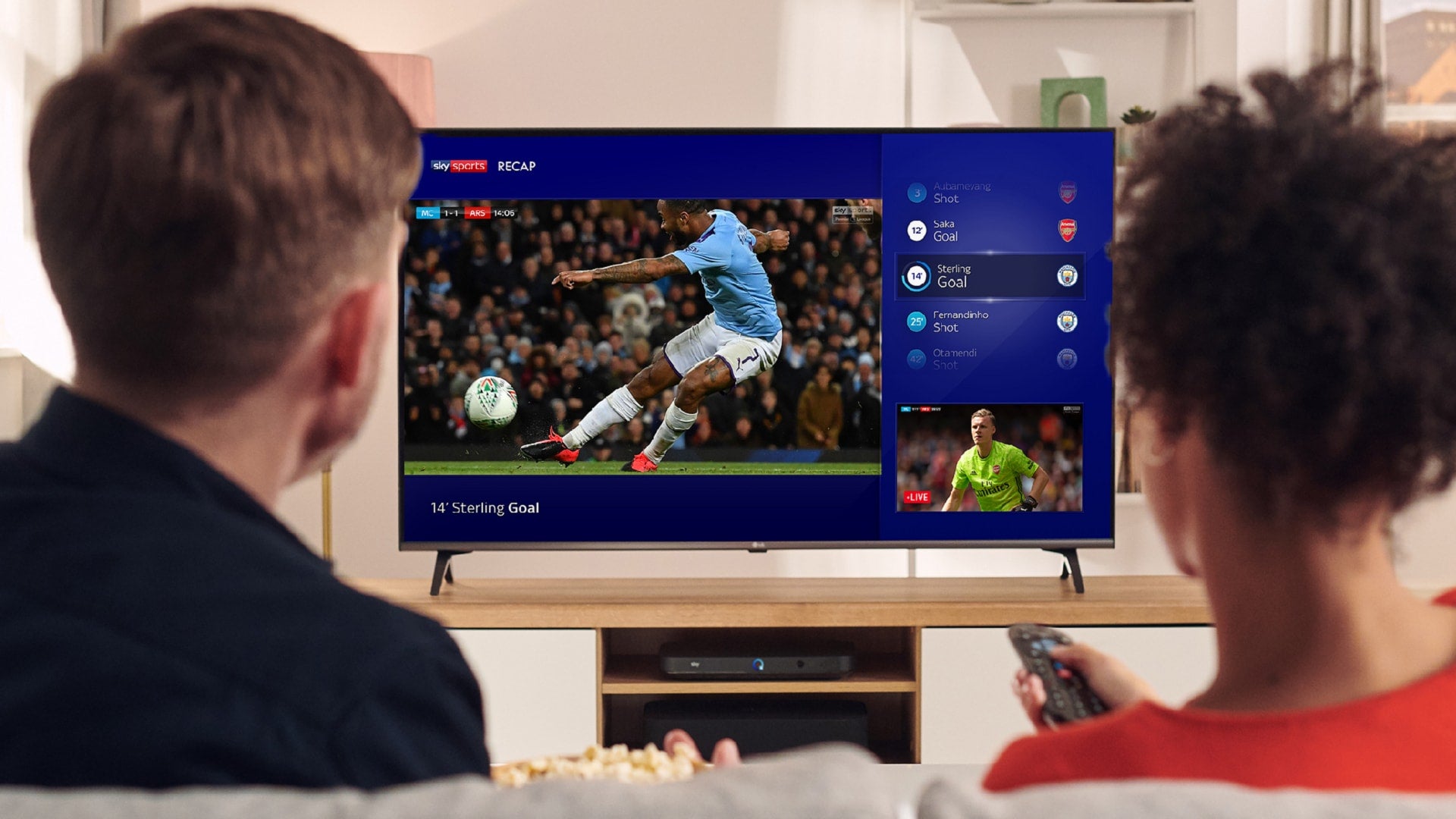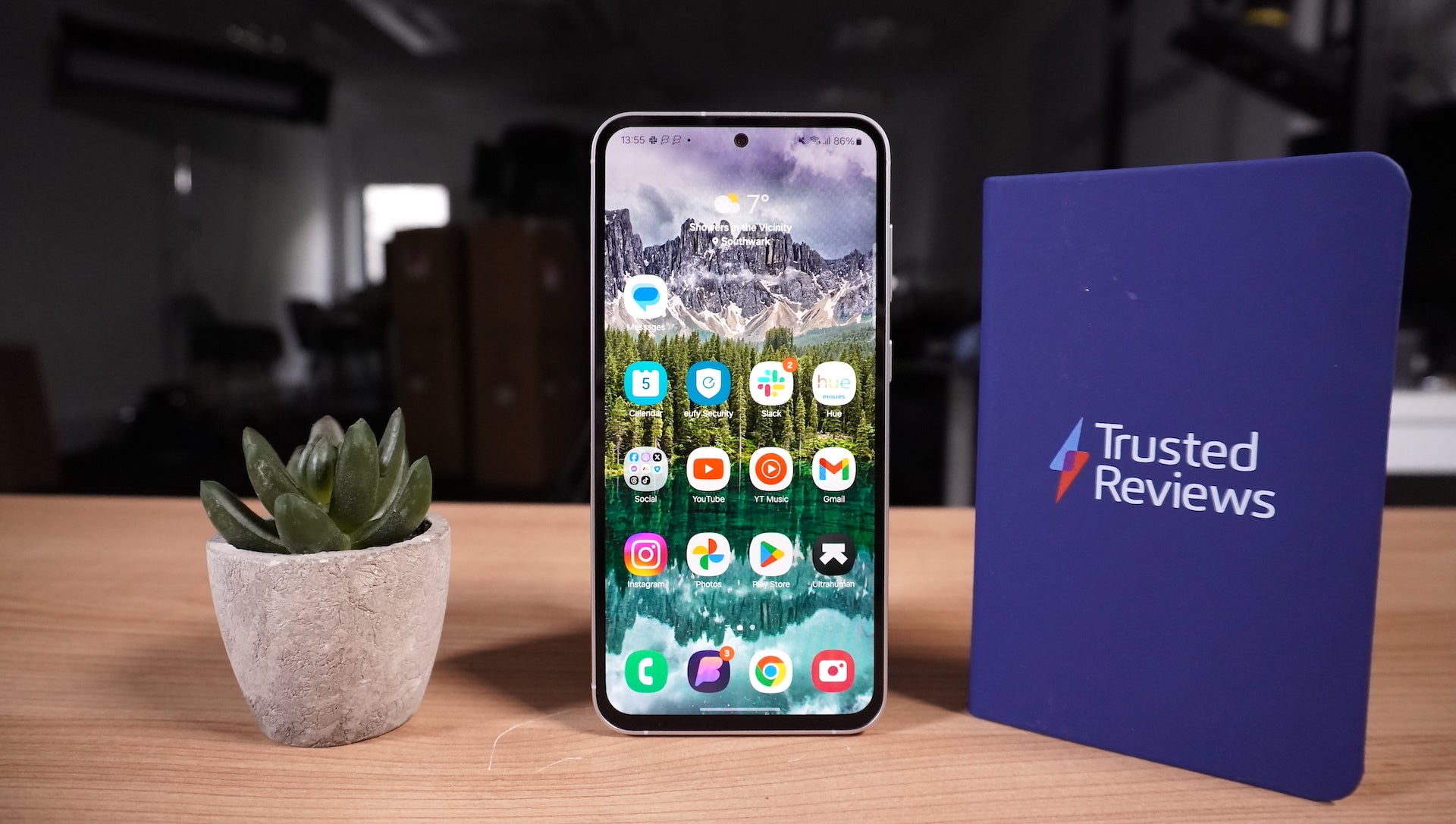Behind the scenes of Dolby Cinema at the Odeon LUXE Leicester Square

At the end of November, Trusted Reviews was invited to Dolby for a behind-the-scenes look at the new Odeon LUXE Leicester Square and Dolby Cinema.
The cinema closed in early 2018 for renovations, and 11 months later, having been subject to a top-to-toe refurbishment, it’s to reopen its doors as the Odeon LUXE Leicester Square.
The Odeon Leicester Square is arguably the most famous cinema in Europe. Located in the heart of London’s entertainment district, it’s been the choice for filmmakers to present their films: more than 700 premieres have been held there since its inception in 1937. That sense of iconicism, its history and heritage, made the OLS an apt choice for the UK’s first Dolby Cinema site.
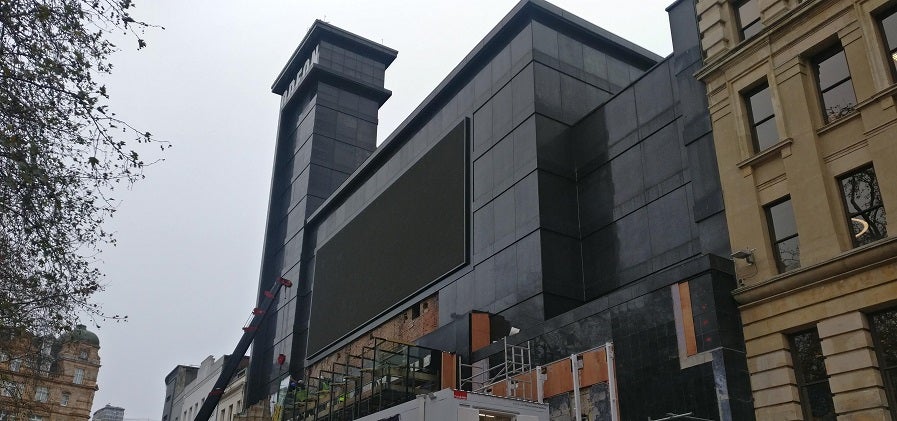
There are 185 Dolby Cinema sites across the world, but the UK – for whatever reason – has had to wait for its first. The genesis for this goes back to American cinema chain AMC’s acquisition of the Odeon Cinema Group and Nordic Cinema chain in 2016. AMC, which had a pre-existing relationship with Dolby, wanted to become the biggest and best cinema chain in the world. It has accomplished the former, and with Dolby Cinema onboard AMC hopes to achieve the latter.
Another part is the Odeon LUXE rebranding. Those who can recall the Odeon Panton Street site will be able to note the differences between that and its current Odeon LUXE Haymarket incarnation, with luxury reclining seats and a premium service as standard. The Leicester Square LUXE will embrace these traits, but the presence of Dolby Cinema offers something more.
Donning our hard hat, industrial work boots and high-vis jacket, Dolby and Odeon gave us a preview of what to expect when the cinema re-opens in December.
Related: Odeon LUXE Leicester Square to be the UK’s first Dolby Cinema venue
The Three Pillars of Dolby Cinema
Dolby Cinema is founded on three pillars: sight (Dolby Vision HDR) sound (Atmos), and design (control over the environment).
For those not aware, Atmos is a surround sound system that can position sounds above and around you to create an immersive audio experience. Vision HDR offers an image that’s richer with more nuanced colours, better contrast and bolder blacks than you’d get from SDR images.
Design is all about the space in which you watch the film. Dolby’s aim is to control the variables for the best possible experience. That means having clear sight lines for the audience, ensuring that light isn’t reflected onto the screen, and that indoor noise is kept to a measly NC25 (that’s very quiet).
The Leicester Square site, with an auditorium that’s far longer than it is wide and with two-tiered seating, presented a number of design challenges for Dolby to overcome.
Related: What is Dolby Atmos? All you need to know
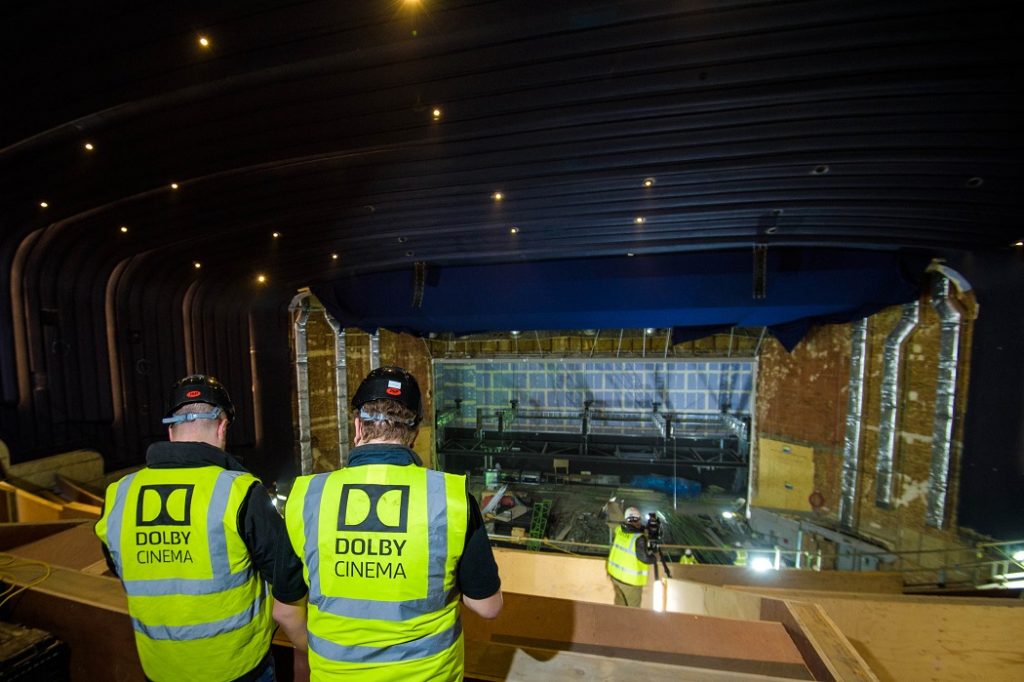
Building Dolby Cinema
The layout of the main auditorium is unlike most cinemas. Not only is it longer than it is wide, standard cinemas have one level of canted seating whereas the OLS has two. That makes dispersion of Atmos sound trickier.
So how has Dolby overcome this issue? For a start, it has placed a mind-boggling 400 individual speakers in the theatre, with each speaker controlled individually. There are speakers above you, there are speakers behind you, there are speakers attached to the screen. Everywhere you look, you may be able to spy a speaker.
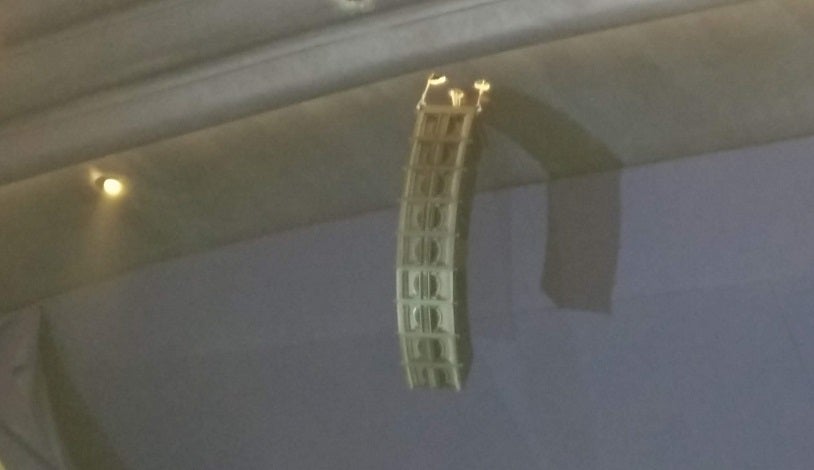
Dolby has also turned its ear to music concerts, enlisting a series of line-array speakers around the room. These stacked and tall-looking speakers (see the image above) allow the sound to be projected out into the room for better dispersal and coverage. Just to add to the ridiculous stats, in order to hook up all these speakers, 10 miles of loudspeaker cable was needed.
Acoustically, the cinema has been insulated from the busy thoroughfare of Leicester Square, so noise won’t seep through. In addition, the wall behind the main screen has been treated so that sound from the cinema doesn’t affect the hotel behind. If you’re sitting in the top tier then you’ll see some nice wood panelling, which also has the effect of insulating sound waves.
The screen is suspended from the ceiling and can be moved forwards or backwards to make space for live performances. Weighing 25,000kg, the ceiling had to be reinforced to support its weight. In a nice touch, the curtains for the screen replicate the original from the 1930s.
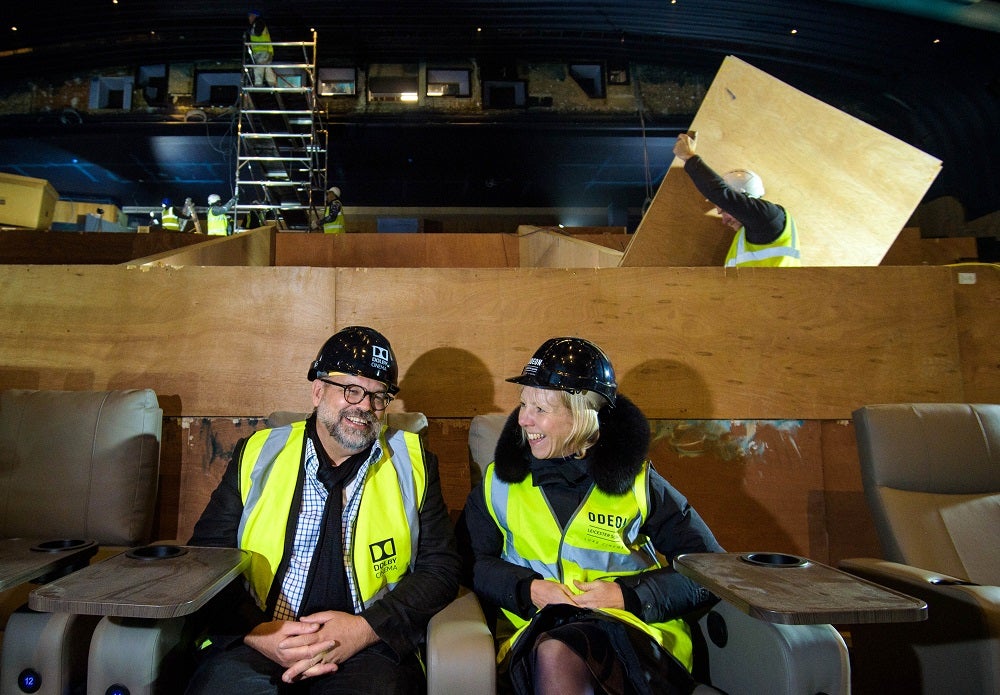
Considering film is primarily a visual medium (although sound has huge importance, too), the quality of the film-watching experience is vital. During the presentation at Dolby, we were told about the differences between a standard cinema setup and the considerations required for Dolby Vision. A typical cinema has a single projector capable of about 48 nits of brightness. Contrast – the difference between black and white areas – is rated at 2000:1.
Dolby believes this isn’t enough. Vision HDR employs dual-laser projectors, offering a brightness that’s two times as much at 108 nits and a contrast ratio of a million:1. That makes for vivid colours, stark contrast and an infusion of brightness. The demos we witnessed at Dolby were striking, especially the solidity of blacks and vibrancy of colours. If Dolby can replicate this on a bigger scale, the OLS will be an impressive place to watch a film.
Related: Dolby Vision HDR – Everything you need to know
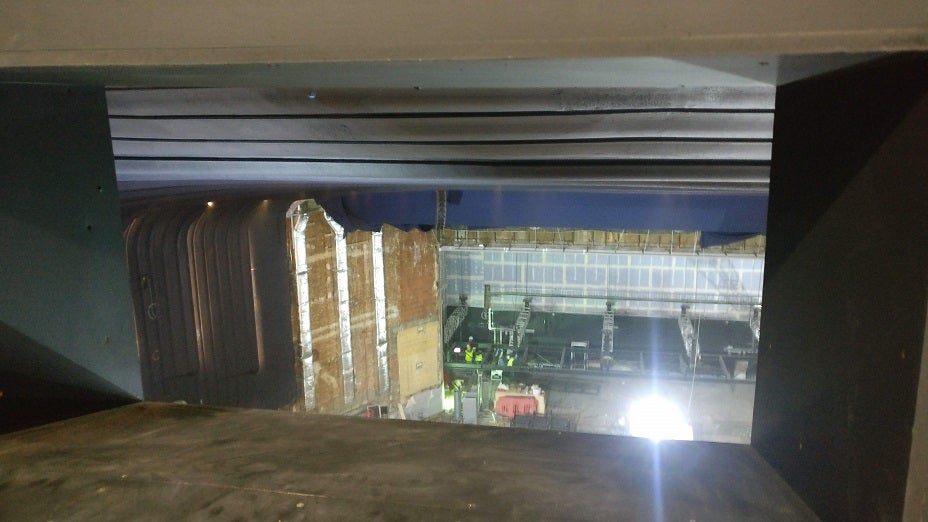
Other problems to navigate include eyelines of the 800-strong audience. The top floor was re-leveled to ensure every audience member has a clear sightline. For 3D performances (it still is a thing), Dolby Vision systems are as bright as a normal theatrical showing (14fL) and three times as bright as a 3D system (4-7 fL). In light of the demo we saw at Dolby, the brightness and clarity was much improved over previous 3D experiences. Whether it’s enough to bring it back into the mainstream remains to be seen.
For those worried that the cinema is leaving film projection in the dust, rest assured that the 70mm projector remains, ready to be called on for the next 70mm Tarantino/Nolan film. IMAX isn’t supported at the OLS, due to its presence across the square at the Cineworld.
A premium experience
This dedication to providing the best experience extends outside the screening room, too. In refurbishing the cinema, Odeon has made the foyer bigger and sleeker, with a glass front that lets in more light. Facilities have been improved as well, with bigger toilets and a concession area that’s wider and more sensibly placed within the foyer.
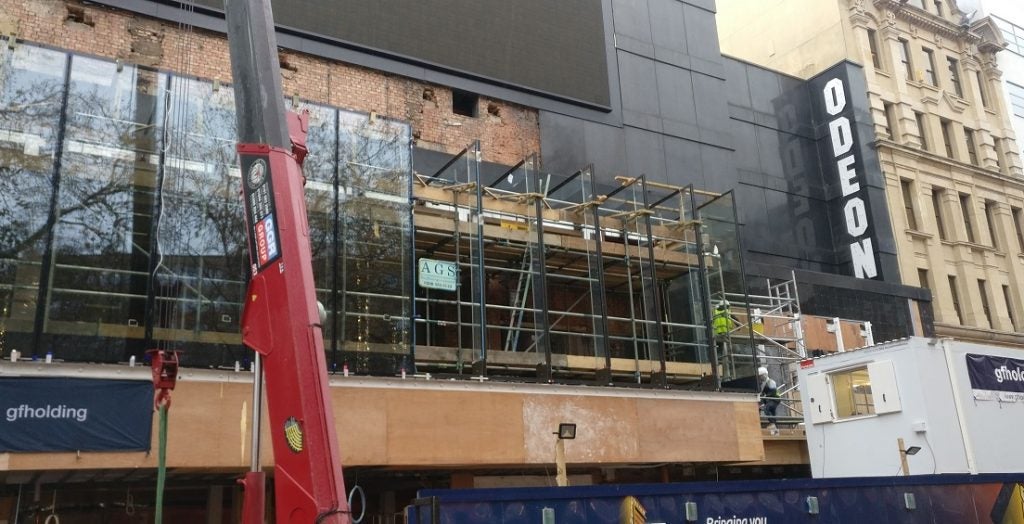
Access is improved with elevators leading to the top floor; space has been cultivated for a lift, too. From past experiences, when the OLS was busy it was often a sea of bodies, so a bigger space can only help matters. While space has been borrowed from the Odeon Stalls, first impressions suggest there are more benefits to this than drawbacks. Those in the Odeon Stalls will get special treatment too, with luxury lavender reclining chairs and Dolby Cinema.
There’s also the presence of Oscar’s Bar, named after Odeon founder Oscar Deutsch, which brings up the site’s other heritage features. Despite the move to bring the site in line with more modern expectations, heritage features such as the Flying Ladies and the original Compton Organ have been retained and restored.
We were told that the heritage of the site remains an important aspect of the OLS, and drawing upon the site’s history differentiates it from the Vue West End, Picturehouse Central and the revamped Cineworld Leicester Square site. And what about the Odeon West End that shut down in 2015? That’s due to make a return – and who knows, it could feature Dolby Cinema too…
All this comes at a cost and there will be those who see it as too much, especially for a family day out. With tickets topping out at £26 for Mary Poppins Returns prices for watching films in general have been creeping up. It’s expensive and more than I’ve paid for a ticket outside of attending the BFI London Film Festival. Even IMAX tickets are (slightly) cheaper.
On the other hand, we’ve been privy to demos of the Dolby Cinema experience for a number of years now and the results have been spectacular. These screenings have always been at Dolby Laboratories in Soho, but if Dolby and Odeon can make the move to a bigger venue work, then it may be worth the wait and price.





